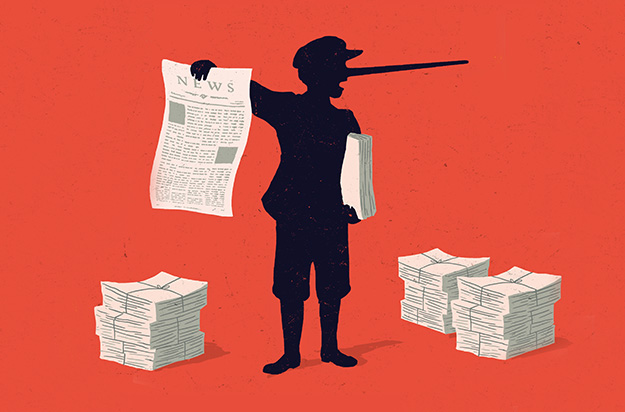Fall 2017: Building Livability
UTA researchers are creating a more sustainable, affordable North Texas for the future.
Skip to content. Skip to main navigation.
UTA researchers are creating a more sustainable, affordable North Texas for the future.
From carbon dioxide conversion to landfill mining, researchers at UTA are seeking viable alternative energy options.
Found in everything from space shuttles to dental fillings, composite materials have thoroughly infiltrated modern society. But their potential is still greatly untapped, offering researchers ample opportunity for discovery.
Within the particle showers created at the Large Hadron Collider, answers to some of the universe’s mysteries are waiting.
Model systems like pigeons can help illuminate our own evolutionary and genomic history.
UT Arlington's tiny windmills are bringing renewable energy to a whole new scale.
The stability of our highways, pipelines, and even manholes is reaching a breaking point.
Scientists believe they have discovered a subatomic particle that is crucial to understanding the universe.
UT Arlington researchers unlock clues to the human body’s most mysterious and complex organ.
UT Arlington researchers probe the hidden world of microbes in search of renewable energy sources.
Wounded soldiers are benefiting from Robert Gatchel’s program that combines physical rehabilitation with treatment for post-traumatic stress disorder.
Tiny sensors implanted in the body show promise in combating acid reflux disease, pain and other health problems.
Nanotechnology researchers pursue hybrid silicon chips with life-saving potential.
Biomedical engineers combat diseases with procedures that are painless to patients.

"Fake news" may be the newest entry in the dictionary, but if two UTA professors have their way, it will also soon be a thing of the past. Chengkai Li, associate professor of computer science and engineering, and Mark Tremayne, communication assistant professor, have teamed with Duke University researchers to expand their automated fact-checking tool, ClaimBuster. The group recently earned a three-year, $500,000 NSF grant for its work.
"With thousands of sources of information offering their own versions of the truth, using computational journalism techniques to help readers sort through it makes sense," says Dr. Tremayne. "Also, putting claims in context can help people understand the broader picture, even if a statement is partly true."
ClaimBuster monitors live discourse, social media, and news to identify factual claims. It then detects matches with a curated repository of fact-checks published by professional fact-checkers and delivers the matches instantly to readers. It was used in January by Tech & Check Cooperative to fact-check President Trump's State of the Union address live.
Dr. Li says plans for ClaimBuster's evolution include automatically checking new claims against knowledge databases, as well as providing tools for outside users to vet claims that require human connections.
"Currently, ClaimBuster pays a lot of attention to one step in the process of fact-checking—identifying factual claims that are worth checking," he explains. "With the new grant, we will expand our effort to many components in the end-to-end system, and they will work in tandem."
Illustration by Jens Bonnke